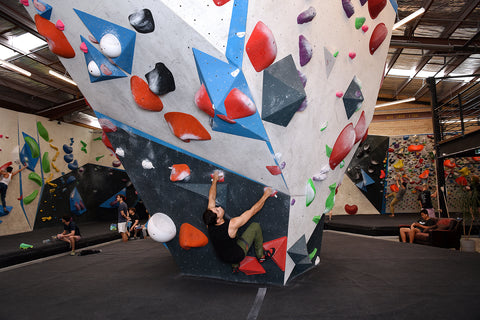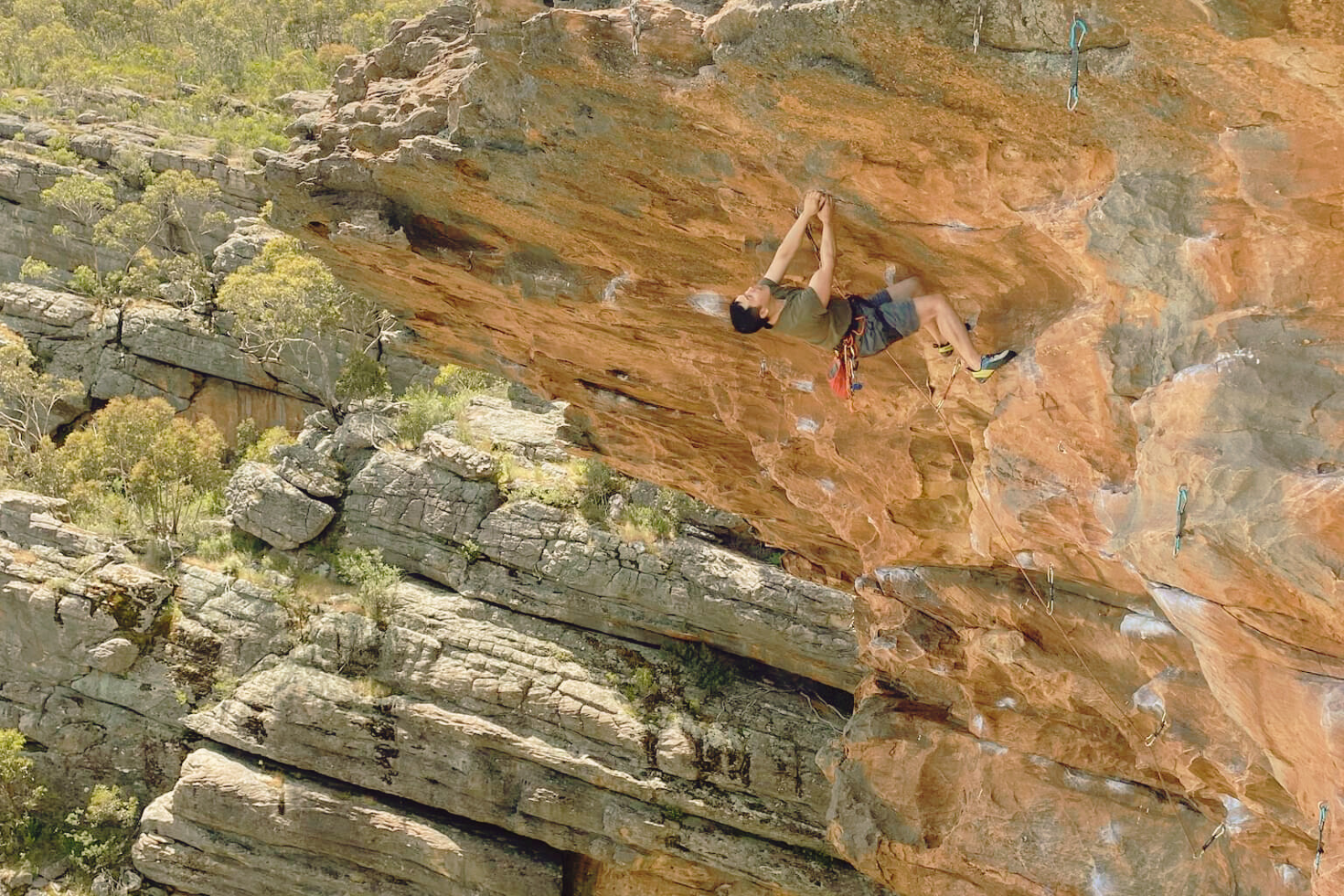Will Expensive Climbing Shoes Help Me Climb Better?
Share

Well, I’ve got good news for you. The biggest performance lift for beginner climbers and boulderers come from technique and confidence, not from expensive shoes.
TLDR;
- The biggest performance lift for beginner to intermediate climbers and boulderers come from technique and confidence, not from expensive shoes. Invest around $160 to get the best value for money.
- Intermediate to advanced climbers pushing V3 (bouldering) and 20 (lead climbing) levels will benefit the most from climbing shoes over $200 as the more precise footwork expected of climbers at this level means durability is not an issue. The softer rubber and aggressive downturn shape will also help with technical features such as small holds and toe hooks.
Why are climbing shoes so expensive?
Firstly, climbing shoes are handmade. Secondly, climbing shoe soles require a specific blend of rubber that is hard enough to be durable on the rocks but also soft enough to stick to the walls. Thirdly, some climbing shoes are made from top grade leather to ensure it is soft enough for comfort but also thick enough for durability.
But, is it really worth it? How much should you be spending at the level you’re climbing at?
For climbers bouldering at maximum V4 indoors or lead climbing at maximum 20 Australian Ewbank grade (check out our indoor bouldering grade conversion guide to find out what grade you’re climbing at), the performance gains from an expensive pair of shoes will be minimal. Climbing shoes above $200 usually have softer rubber for more grip on small holds. This means that the outer sole will wear down more quickly due to scuffing of the toes against the wall. The shape of the shoes also have a more aggressive downturn to support your body weight on small holds. This means the shoes are generally less comfortable as your toes are more cramped.
Instead of spending $200 or more on a pair of climbing shoes, you can focus on improving your footwork and overall technique, aiming to place your feet on holds accurately and not scuff your shoes on the wall. A more comfortable pair of shoes will also mean more time on the wall. Generally, climbing shoes at the $160 mark has the perfect balance of durability, comfort and performance to keep both beginner and intermediate climbers happy. Shoes below the $160 mark are generally less comfortable due to material and craftsmanship.
For those who are bouldering at V3+ or lead climbing above 20 (Australian Ewbank grading), it is worthwhile investing over $200. Climbing problems at this grade will often feature much smaller footholds (those you can barely see) or awkward angled volumes, both of which will benefit from softer and stickier rubber. Climbers pushing these intermediate to advanced grades are expected to have precise footwork, therefore a less durable rubber sole shouldn’t be an issue.
The other thing to consider is fit. For climbers with wide feet, bunions or flat feet, it is important to find a pair of climbing shoes with a wide toe box. This doesn't necessarily have to come at an expensive price point - Redpoint Climbing's Ascend Climbing Shoes are beginner to intermediate shoes designed specifically for wide feet.
In summary:
New climbers and early intermediates should invest in climbing shoes around the $160 mark that has a good balance of durability and comfort. The focus should be on improving technique and footwork, not spending on expensive shoes.
Later intermediate and advanced climbers at the V3+ (bouldering) and 20+ (lead climbing) level will benefit the most from climbing shoes over $200 as they have stickier rubber for small holds and more rubber coverage for toe hooks and heel hooks.

